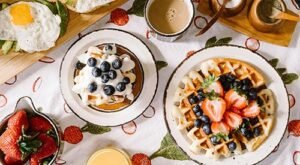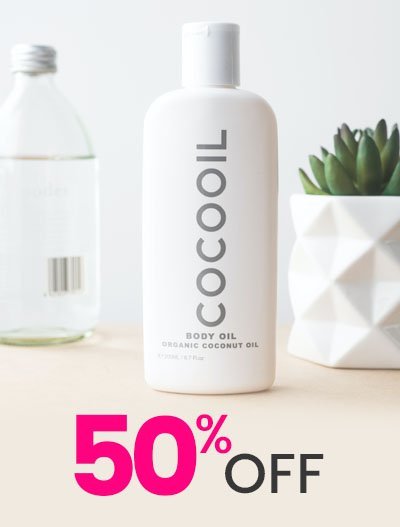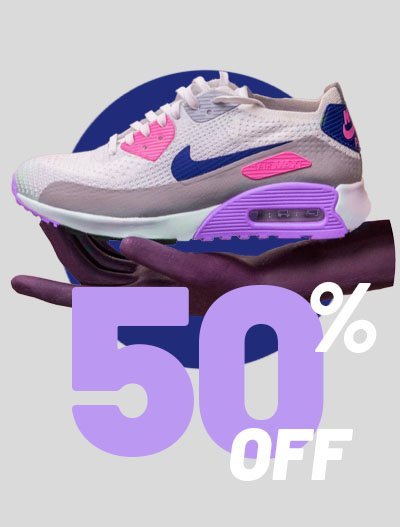Redefining Beauty: How Female Influencers Are Shaping Global Beauty Standards
In an era when authenticity is the new currency and voices once relegated to the margins are now taking centre stage, a quiet yet radical transformation is underway. Beauty, once dictated by glossy magazine covers and elite fashion houses, is now being reimagined by a new generation of women—female influencers whose platforms, passion, and unapologetic presence are dismantling old ideals and rebuilding beauty from the ground up.
This transformation isn’t driven by a single face or philosophy. It’s a worldwide movement unfolding across cultures, languages, and skin tones—led by women who are not just reflecting the world they live in but actively reshaping it.
From Passive Consumers to Cultural Architects
Historically, beauty standards have been shaped top-down—by the media, by brands, by societal constructs rooted in colonial, patriarchal, and Eurocentric ideals. The “ideal” woman was often light-skinned, thin, tall, and symmetrical—an image aggressively pushed in advertising, film, and fashion. Millions of women around the world grew up internalizing these narrow ideals, adjusting themselves—sometimes painfully—to fit an image that was never made for them.
But the rise of social media flipped that narrative. Platforms like Instagram, YouTube, and TikTok gave individuals—particularly women—direct access to global audiences. Suddenly, the gatekeepers were gone. And into that space stepped creators who didn’t fit the mold—and didn’t want to.
They began to share their stories, their routines, their flaws. They wore their afros with pride, showed their acne without shame, and taught makeup tutorials in hijabs and headwraps. They built communities around shared experiences—from colorism and cultural erasure to self-love and confidence. And their influence began to ripple beyond their follower counts.
Celebrating Authenticity Across Continents
In the United States, influencers like Nyma Tang have made headlines not just for their content, but for the cultural conversations they’ve ignited. Nyma’s viral series, “The Darkest Shade,” called out the glaring lack of foundation options for darker skin tones in mainstream beauty. What began as product reviews soon became a movement—pressuring brands to expand their offerings and confront their own biases.
Nyma wasn’t alone. Women like Jackie Aina, another Nigerian-American beauty influencer, have used their platforms to demand accountability from beauty conglomerates, advocate for Black-owned businesses, and educate audiences about the intersection of beauty, race, and power.
In the Middle East, influencers such as Dalal AlDoub from Kuwait have redefined modest fashion and beauty, showing that elegance and religious expression can co-exist beautifully. By seamlessly integrating hijab-friendly makeup tips and modest styling with global trends, Dalal and her peers have given voice and visibility to millions of Muslim women around the world.
In Latin America, influencers like Raiza Revelles have embraced gothic aesthetics, non-conformity, and body positivity, carving space for alternative beauty in a region often saturated with Eurocentric glamor. Her success is a powerful reminder that beauty can be dark, bold, and proudly individualistic.
And in South Korea—a country often associated with rigid beauty norms—creators like Lamuqe and PONY (Hye-Min Park) are blending K-beauty traditions with global appeal, transforming expectations around femininity, skincare, and makeup through digital artistry and innovation.
Beauty Without Borders: Globalizing Diversity
One of the most powerful outcomes of this shift is the breakdown of geographical and cultural silos. The beauty industry, once segmented into “Western” and “non-Western” aesthetics, is now deeply interconnected. Trends like glass skin, henna freckles, bold brows, headwrap tutorials, and facial yoga have travelled across continents—often popularized by women who mix their heritage with contemporary style.
This globalization of beauty, led by influencers rather than corporations, has created a richer, more inclusive tapestry of what’s considered attractive, aspirational, and artistic. The world no longer looks to a single fashion capital to dictate the standard; instead, it listens to voices from every time zone.
The Economics of Influence
Beyond visual representation, female influencers are also transforming the business of beauty. Many are not just brand ambassadors—they’re brand builders. Entrepreneurs like Huda Kattan (Huda Beauty), who started as a beauty blogger, have turned personal passion into billion-dollar empires by tapping into underserved markets and redefining beauty entrepreneurship.
Others are founding niche brands rooted in authenticity. From vegan and cruelty-free cosmetics to products made for melanin-rich skin or curly hair, influencer-led businesses are meeting real needs—and challenging legacy brands to keep up.
These women understand their audiences deeply because they are their audiences. They build trust through transparency, representation, and community. And in doing so, they are flipping the traditional model—where beauty brands once told women what to want, now women are telling brands what they need.
Redefining Beauty from the Inside Out
Perhaps the most profound shift being led by female influencers is the move from external validation to internal empowerment. Campaigns like #NoFilter, #SkinPositivity, and #SelfLoveJourney encourage women to embrace their natural selves—to show skin texture, scars, stretch marks, and aging as beautiful, not flawed.
Influencers like Danae Mercer, who candidly exposes how camera angles and lighting manipulate appearances, are breaking down the illusion of perfection. Others, like Katie Sturino of the “Super Size the Look” series, are dismantling fatphobia and challenging size-based discrimination by recreating celebrity fashion on plus-size bodies—with humor and confidence.
By pulling back the curtain on the beauty industry’s illusions, these influencers are giving women permission to exist unapologetically.
The Resistance They Face
Despite their growing power, female influencers—especially those from marginalized communities—often face significant resistance. They are more likely to be targets of online harassment, hate speech, and algorithmic bias. Their content is frequently shadow-banned or de-prioritized compared to that of more conventional creators.
But their resilience is shaping the industry. Each campaign, each post, each honest video chips away at the old system, replacing it with something more human and more inclusive.
The Future of Beauty Is Collective
As we look forward, one thing is certain: the future of beauty will not be defined by a single face or formula. It will be shaped by the millions of women—creators, entrepreneurs, activists, and everyday users—who are reclaiming the narrative.
Female influencers are no longer just promoting products; they are leading a cultural shift. A shift where confidence is not a luxury, diversity is not a trend, and beauty is not a standard—but a spectrum.
And in this new era, beauty isn’t about fitting in. It’s about standing out, speaking up, and showing up—exactly as you are.





